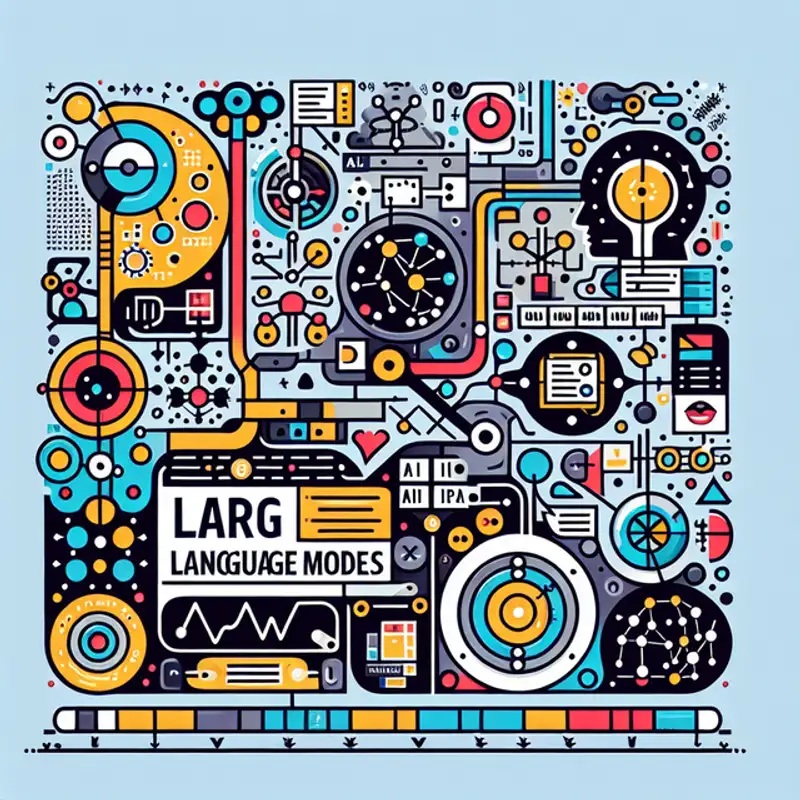In this deep dive summary, we break down Andrej Karpathy's extensive video on how large language models like ChatGPT work into digestible pieces. The article covers everything from the initial crawl of the internet for pretraining data to tokenization using techniques like Byte Pair Encoding, the inner workings of neural networks, and the critical fine-tuning processes—including the strategic use of Reinforcement Learning and Human Feedback (RLHF) to reduce hallucinations. It also explains how post-training transforms a base model into a conversational assistant, with practical tips on prompt engineering and tool use to enhance reasoning. As the article puts it, “if they don’t know something, they should look it up instead of making things up,” emphasizing the evolution of AI towards greater accuracy and creativity.
Key points:
- Target Audience: Designed for anyone eager to understand LLMs beyond surface-level insights, especially those interested in fine-tuning and prompt engineering.
- Pretraining & Data Preparation: Models start with massive internet crawls, such as the FineWeb dataset (over 1.2 billion web pages), which then undergo heavy filtering to remove noise, duplicates, and low-quality content before being tokenized.
- Tokenization & Neural Network I/O: Describes how text is broken into tokens using methods like Byte Pair Encoding, enabling models to convert words into numerical IDs, and how these tokens are processed to update neural network weights.
- Inference & Stochastic Behavior: Highlights that outputs are probabilistic rather than deterministic, making models creative but sometimes prone to generating “hallucinations.”
- Fine-Tuning & Post-Training: Discusses the importance of supervised fine-tuning, which uses structured chat templates to make models more conversational, along with techniques to combat hallucinations using external tools.
- Reinforcement Learning (RL) & RLHF: Explains how RL allows models to experiment and improve through self-judged trial and error, while RLHF integrates human evaluations to refine performance in unverifiable domains like humor or creative writing.
- Open Base Models vs. Fully Tuned Assistants: Differentiates base models (raw, pre-trained, and often open-weight like Meta’s Llama) from their refined, task-specific counterparts.
- Looking Forward: Previews the future of LLMs with multimodal capabilities, agent-based models, and integrated AI that works invisibly in everyday tasks.
- Additional Resources & Options: Points to platforms such as Together.ai for open-weight models, and tools like Ollama and LM Studio for running models locally, as well as resources like LM Arena and AI News for staying updated on the latest developments.
This summary makes complex AI concepts accessible while engaging listeners with practical insights and direct examples from Karpathy's in-depth exploration. Enjoy the fascinating journey into the mechanics of modern language models!
Link to Article
 Episode
Episode